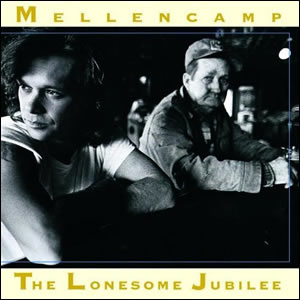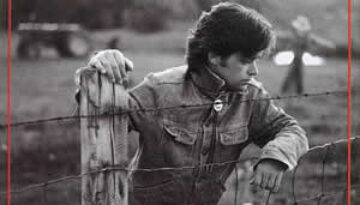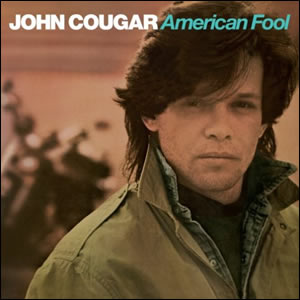The Lonesome Jubilee
by John Mellencamp
The Lonesome Jubilee is the ninth album by singer-songwriter John Mellencamp, who released many genres of music dating back to his days as “Johnny Cougar” in the mid 1970s. On this album, Mellencamp […]



